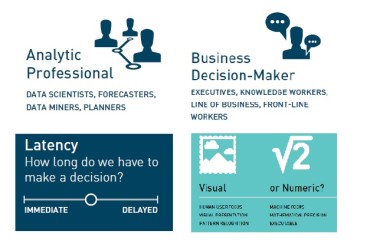
Oil and gas companies have been leading users of cloud due to the industry’s high compute requirements and large volumes of data.
A Global Industry Analysts, Inc. market study has outlined a strong potential for cloud applications in the oil and gas industry—to the tune of $7.2 billion by 2026. The report will uncover both opportunities and challenges in the industry.
The pandemic created massive disruptions across all industries, but the report suggests recovery might be on the way. Current year projections are $4 billion for oil and gas, but the revised size could be good news.
The US and China, the two top oil and gas markets in the world, will have $1.3 billion and $1.2 billion market reach, respectively. The study also draws attention to other noteworthy opportunity markets in Japan and Canada.
The analysis found CRM, ECM and collaboration, and ERP as the top potential segments for cloud use. with other offerings clustered into a general applications analysis. The ERP segment is projected to reach $1.7 billion, with China showing the fastest growth in this area.
The cloud study’s parameters
The study covered geographical sections in the United States, Japan, Canada, China, Europe, Asia-Pacific, and the world. It included an examination of feature players: Cisco Systems, Inc., Hewlett Packard Enterprise Development LP (HPE), IBM Corporation; Microsoft Corporation, Oracle Corporation, PetroCloud, LLC., SAP SE, SAS Institute, Inc., Seven Lakes Technologies, Tableau Software, Inc., TIBCO Software Inc., and others.
Global Industry Analysts, Inc worked with MarketGlass Platform to examine the data through an interactive platform designed to leverage market insights. The report was designed to offer a new perspective on the growth of technology and cloud applications within oil and gas in a post-pandemic world. The report is ongoing and outlines sales data, potential market opportunities, and challenges for cloud applications working in the oil and gas industry.
Historical use of analytics
Oil and gas industry companies have been leading users of technologies like cloud due to the large volume of data in use in the industry. These companies also have been early users of analytics and sophisticated modeling and simulation techniques. For years, their computational requirements have positioned them as early adopters of many high-performance computing technologies. For example, going back to 2015, one energy company had the only commercial system on the list of the world’s Top500 supercomputers. And two other oil and gas companies were on the list that is dominated by international government agencies and academic computing centers.





























